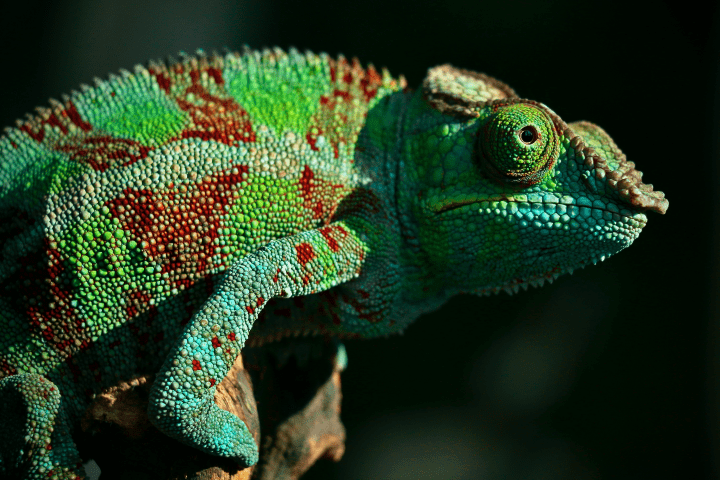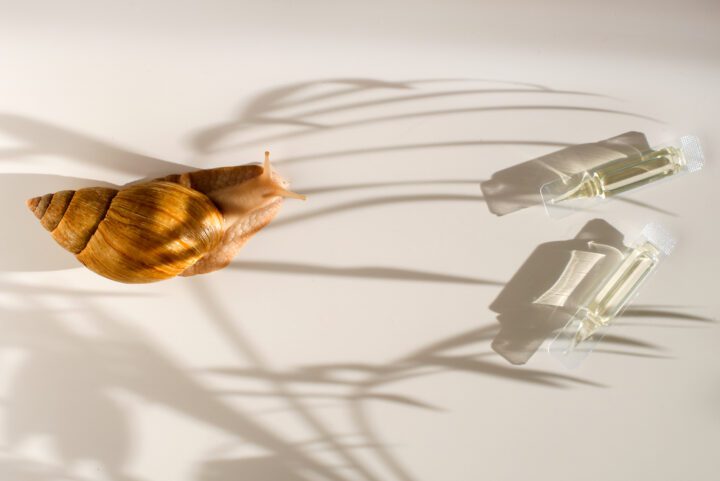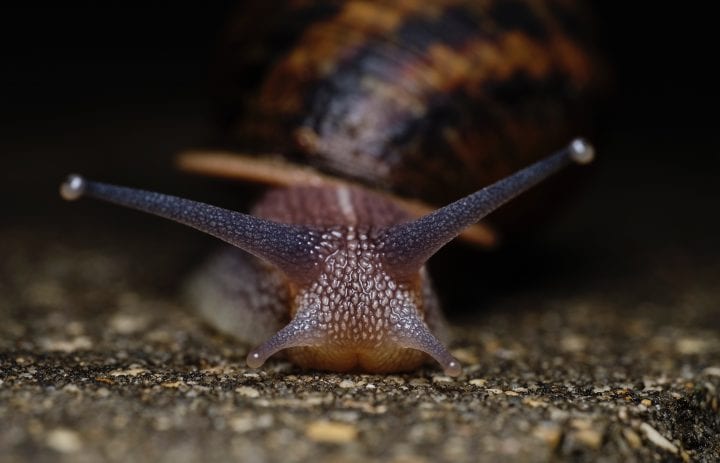Bio-based film from Sichuan University is made of a combination of polymers and cellulose nanocrystals that makes it both color-changing and flexible.
Benefits
- Increased flexibility
- Increased durability
Applications
- Banknotes
- Security cards
- Manufacturing
UN Sustainable Development Goals Addressed
-

Goal 9: Industry Innovation & Infrastructure
The Challenge
Crystalline nanostructures can be made of a variety materials, but oftentimes they consist of non-renewable petroleum sources. These materials are challenging to recycle and take years to decompose in a landfill. Additionally, nanocrystals are fragile and can be difficult to manufacture.
Innovation Details
Chameleons can change color by stretching guanine crystals under their skin that reflect specific wavelengths of light. The reflected light is perceived as color. To mimc the effect of these crystals, researchers typically use cellulose nanocrystals, which self-assemble into a film and reflect light to produce color. However, the crystals do not stretch easily. To overcome this barrier, researchers cross-linked a called PEGDA to the nanocrystals, helping to increase flexibility. The result is a stretchable film that produces bright iridescent colors, ranging from red to blue, when the film is stretched. When the film is relaxed again, it returns to the original color. The film can stretch up to 39% of its original length before breaking.
Biological Model
Chameleons are able to change colors through a combination of s and structural colors. Below the layers of chromatophores (color-bearing) cells, there is a layer of cells called iridophores (iridescent chromatophores) that produce structural color. Rather than containing pigment, iridophores contain an organized array of transparent, nano-sized crystals that reflect specific wavelengths of light. The reflected light is perceived as color.





